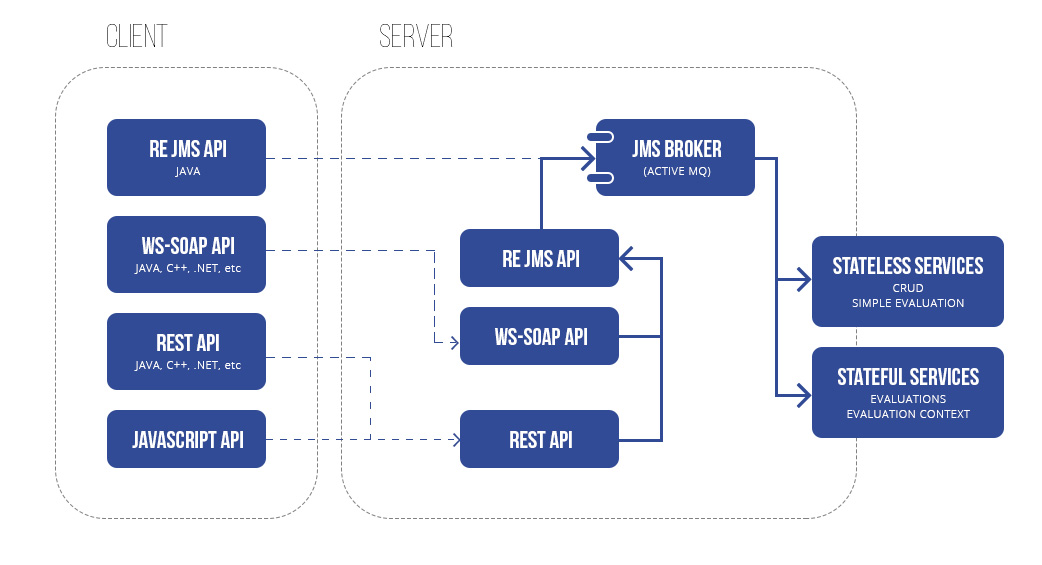

- #RESOLVING QUANTEXT OPEN RISK ENGINE BUILD ERRORS INSTALL#
- #RESOLVING QUANTEXT OPEN RISK ENGINE BUILD ERRORS UPDATE#
- #RESOLVING QUANTEXT OPEN RISK ENGINE BUILD ERRORS UPGRADE#
- #RESOLVING QUANTEXT OPEN RISK ENGINE BUILD ERRORS CODE#
- #RESOLVING QUANTEXT OPEN RISK ENGINE BUILD ERRORS SERIES#
Once the long Intellisense init is finished I'd close and reopen VS to refresh it. You may see slowness/errors though until it's finished.
#RESOLVING QUANTEXT OPEN RISK ENGINE BUILD ERRORS CODE#
You don't have to wait to code if you don't want. Your code should be free of any Intellisense errors.

As of March 12, 2021, Visual Studio 2019 and VS Build Tools 2019 are at v16.9.1 They might have Intellisense improvements.
#RESOLVING QUANTEXT OPEN RISK ENGINE BUILD ERRORS UPDATE#
Try using the latest Visual Studio 2019 or VSCode Microsoft C++ Plugin.Īlso update your compiler regularly. Step 11 VSCode Intellisense Fix Extension.

VSCode and UE v4.25.X Defines bug (updated Dec 4th, 2020)
#RESOLVING QUANTEXT OPEN RISK ENGINE BUILD ERRORS UPGRADE#
Note: VSCode was used with Build Tools for Visual Studio 2019 Table of Contents: Upgrade

Some other compilers, with their version of Intellisense, may still be helped by some of this info. I've tested this in both Visual Studio 2019 and VSCode (Latest Microsoft C++ plugin).
#RESOLVING QUANTEXT OPEN RISK ENGINE BUILD ERRORS SERIES#
I've recently finished a Udemy series and had no problems fixing any Intellisense errors with this guide. This guide should remove all Intellisense errors from your project. For Next.js projects, Serverless Functions are bundled to optimize Build resources as described here.Īt the end of each Build step, successful builds will update the cache and failed builds will not modify the existing cache.Removing red squiggles (Intellisense errors) for Unreal Engine Therefore, the number and size of Serverless Functions will affect your Build time. If you use Serverless Functions to process HTTP requests in your project, each Serverless Function is built separately in the Build step and has its own cache, based on the Runtime used. In this case, the last production Deployment cache is used to create a preview deployment and a new branch cache is created for subsequent commits to the new branch. If you create a new Git branch in M圜ode and make a commit to it, there is no cache for that specific branch. For any new commits to the main branch of M圜ode, the existing Build cache is used as long as MySite is under MyTeam. When you make a commit to the main branch for the first time, you trigger a build that creates a production deployment with a new unique cache key. Let's say that under your account MyTeam, you have a project MySite that is connected to your Git repository M圜ode on the main branch for the production environment. Each deployment is associated with a unique Build cache key that is derived from the combination of the following data:
#RESOLVING QUANTEXT OPEN RISK ENGINE BUILD ERRORS INSTALL#
In the example above, when the command npm run build (that runs next build) is run in the local console for a Next.js project, the error happens after building locally.Īt the beginning of each build, the previous Build's cache is restored prior to the Install Command or Build command executing. This will catch issues specific to your code or to your project's dependencies. It is recommended to build your project on your local machine first (the build command varies per project) before deploying on Vercel. Sometimes, an error may not be mentioned in the lines above but the output will often help you identify where the problem is.Įrror in the logs of the Building accordion. If you look a few lines above, you will see an additional error which in this case indicates where the problem is with a link for more details. In many cases, the last mention is not indicative like in the example below where it says yarn run build exited with 1. It can be mentioned once or multiple times. Scroll down until you find a red section where Error is mentioned. To investigate further, open the Building accordion to expand the logs. Once you are on the errored deployment's page, you will be shown a summary of the error in the preview section.


 0 kommentar(er)
0 kommentar(er)
